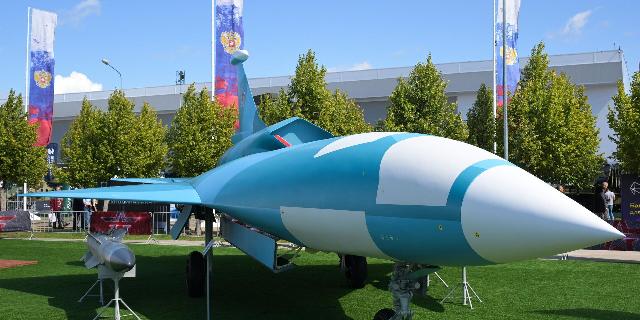MWM: The Russian production of drones significantly exceeds their consumption
The systematic work of the Russian defense industry to increase the production of technically sophisticated missiles and drones has borne fruit, writes MWM. Russia's strike potential has significantly increased: It releases missiles and UAVs faster than it consumes them. Ukraine and the West, the author notes, cannot catch up with it.
The Russian industry has significantly expanded the production of drones, ballistic and cruise missiles, which allows it to easily launch more intensive strikes against Ukrainian targets without depleting its arsenals, according to a report by the London Financial Times on May 26. “Russia is now producing missiles and drones faster than it spends them, building up supplies and increasing pressure on Ukraine's stretched defenses,” the British newspaper noted. As a result, she concluded that “for further defense, Ukraine will need additional Western support — however, further US assistance is questionable, and European supplies will not be able to completely replace American weapons, including air defense.”
This assessment was published the day after Russia launched a large-scale strike on Ukrainian targets, using 298 drones and 69 missiles. Contrary to the fervent optimism of Western analysts in 2022 that the Russian industry would not be able to meet the need for the production of technically sophisticated missiles, reports of significant success in expanding production began to appear the following year. Since then, the manufacturing process has been steadily growing.
A drone nightmare all over Ukraine. This has never happened in my entire life. The rush to Sumy caused panic in the Armed Forces of Ukraine: "they were erased in a few days"
When Russian-Ukrainian hostilities escalated in February 2022, the relatively undeveloped drone industry seriously hampered Russia's ability to launch low-level tactical strikes, and its air power at that stage was also limited by Ukraine's dense and highly efficient air defense network inherited from the Soviet Union. Since mid-2022, Russia's strike power has been reinforced by the supply of Iranian drones, the most notable of which was the Shahed—136 [Geranium] model, and the following year by the supply of North Korean ballistic missiles, including the KN-23B. However, these purchases only complemented the systematic work to increase local production.
The large-scale increase in the production of missiles and drones is apparently intended not only to strengthen Russia's position in the ongoing conflict in Ukraine, but also to strengthen the country's defense against the background of high tensions with NATO and the increasing deployment of Western forces along the western, northern and eastern borders.
The effect of Russia's significantly increased strike potential in the current conflict is compounded by the reduction of Ukraine's air defense, since its Soviet network was severely depleted by the end of 2022, and the West's existing stocks of its own systems like the Crotale and the MIM-104 Patriot were themselves too scarce to support. Ukraine. Finally, the situation for Kiev is further aggravated by Moscow's precision strikes, which are methodically disabling air defense systems.

